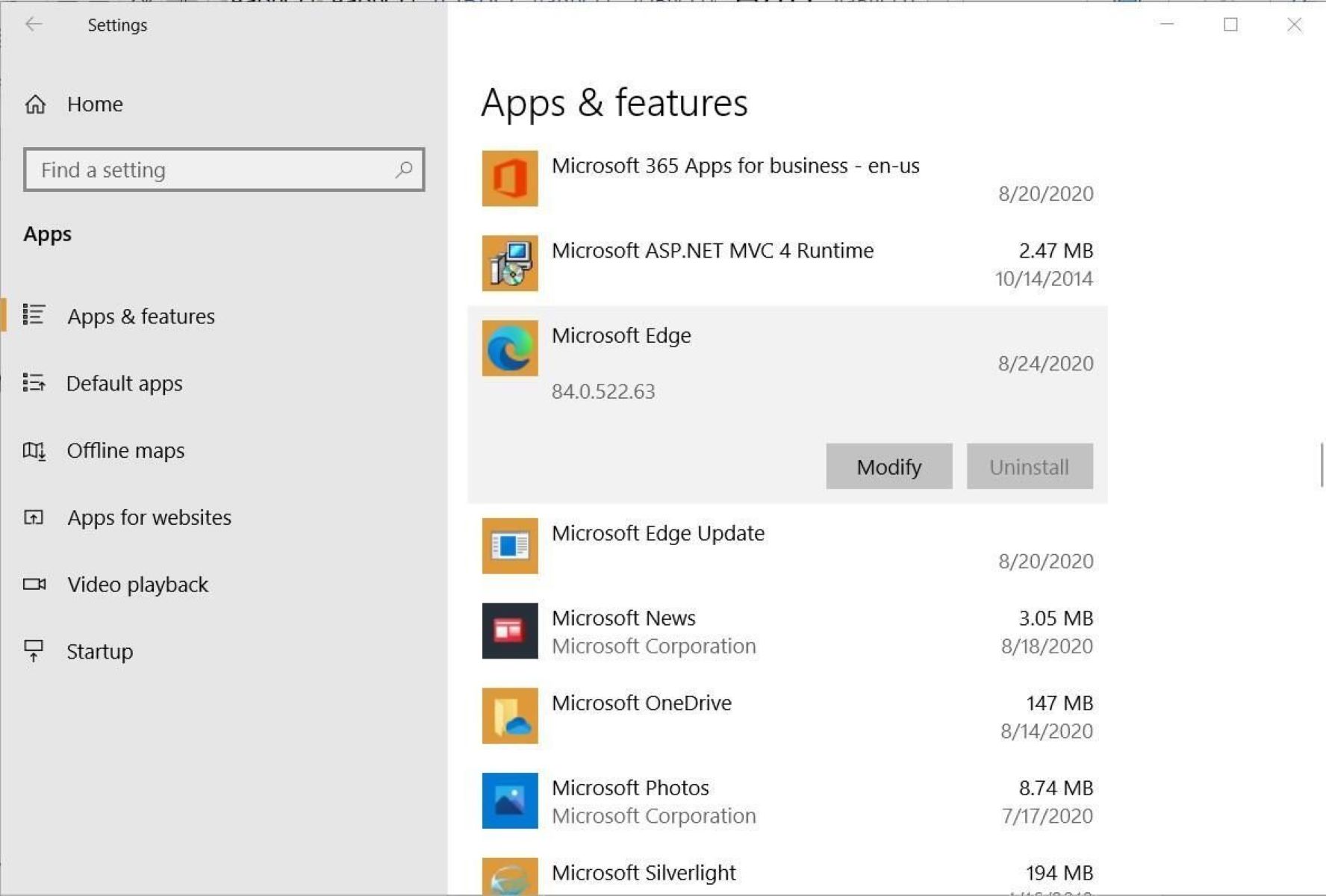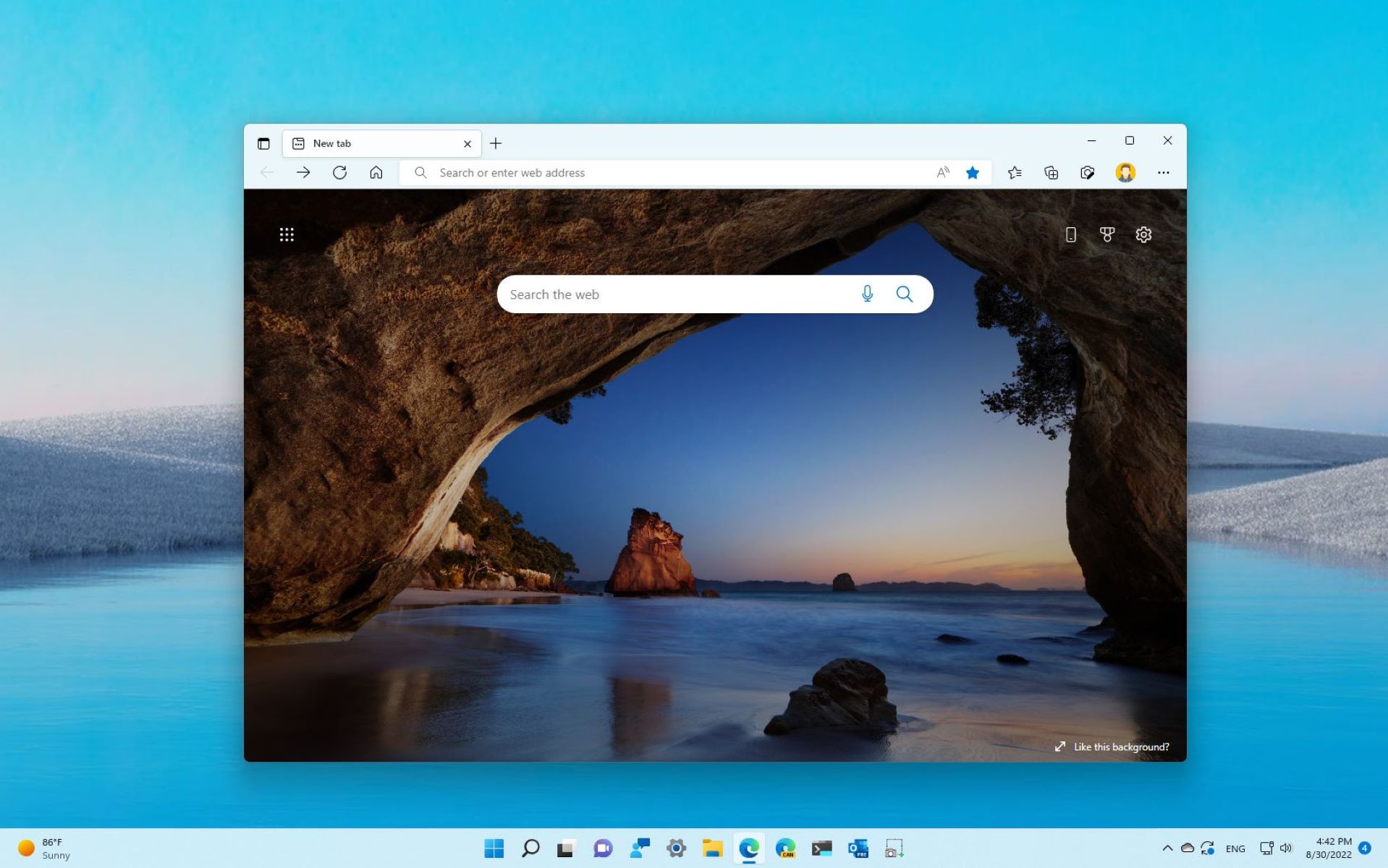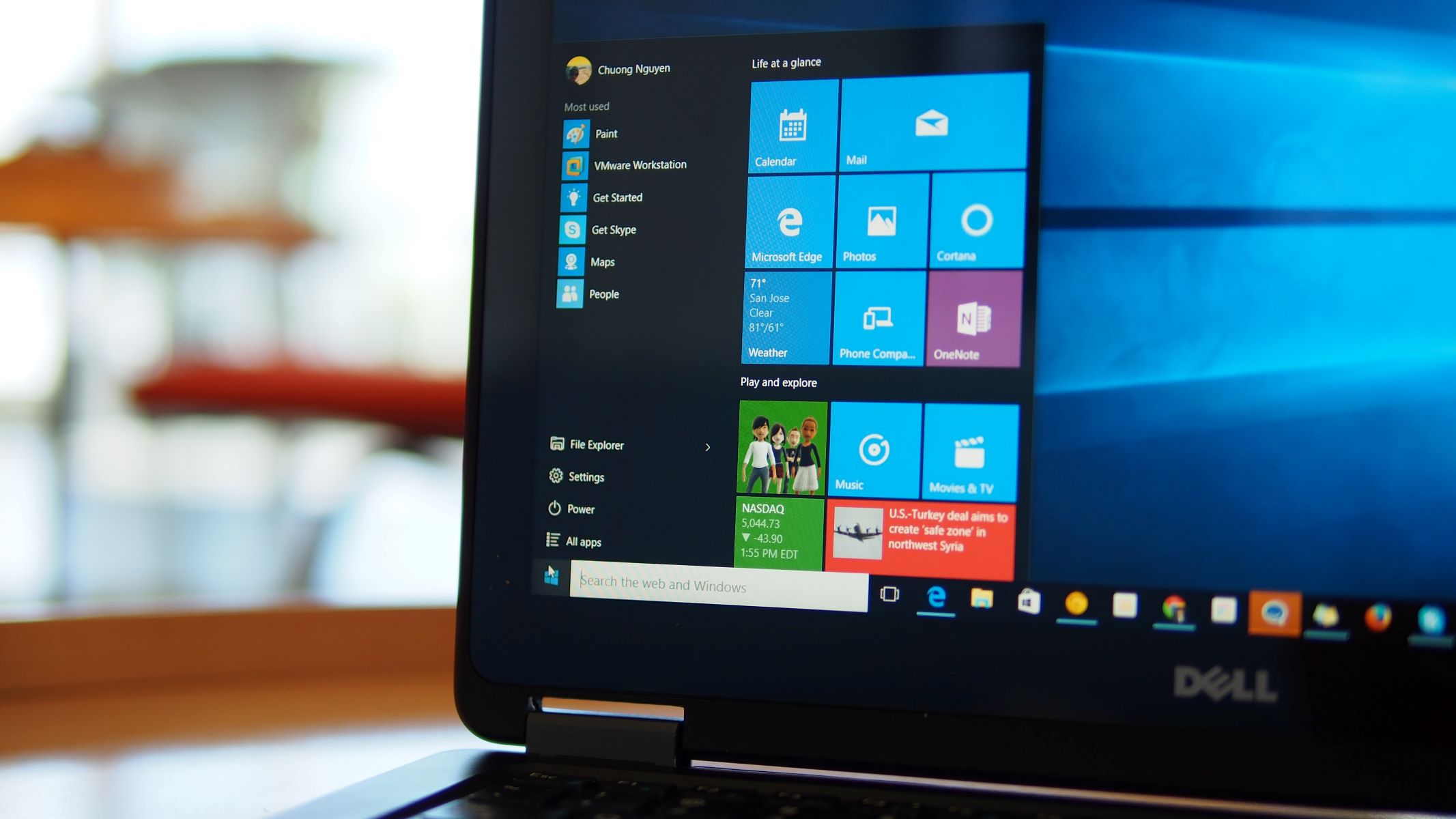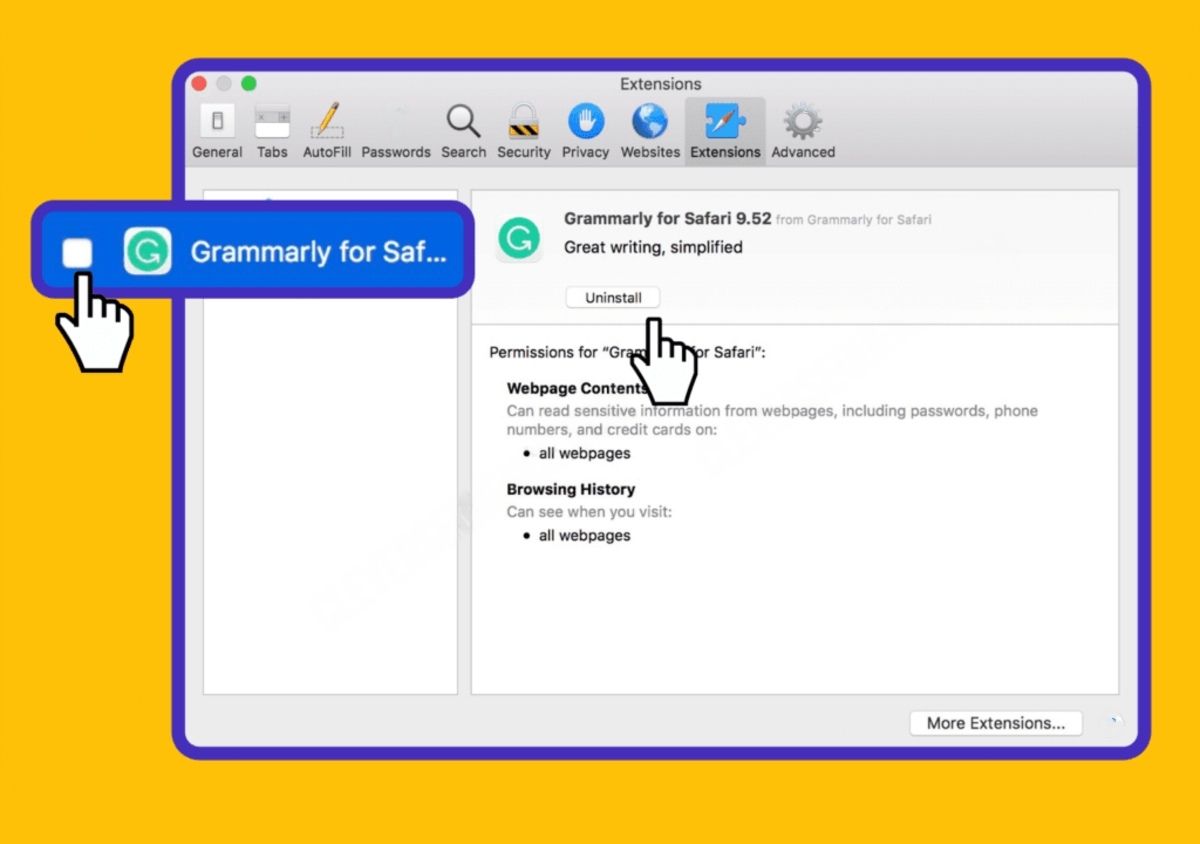Introduction
Microsoft Edge is a popular web browser that comes pre-installed with Windows 10. While many users find it to be a reliable and efficient browser, there may be instances when you might want to uninstall it. Perhaps you prefer using a different browser or you’re experiencing compatibility issues.
In this article, we will guide you step-by-step on how to uninstall Microsoft Edge in Windows 10. We’ll explore various methods, including using Command Prompt, PowerShell, Group Policy Editor, and third-party uninstaller tools.
Before we begin, it’s worth mentioning that uninstalling Microsoft Edge can have potential consequences. Since Edge is integrated into the Windows operating system, removing it may affect other system functionalities or cause unintended errors. Therefore, it’s recommended to create a system restore point or backup your important data before proceeding with the uninstallation.
Now, let’s dive into the different methods you can use to uninstall Microsoft Edge in Windows 10.
Step 1: Check for Updates
Before attempting to uninstall Microsoft Edge, it’s crucial to ensure that your Windows 10 operating system is up-to-date. Microsoft continuously releases updates to improve the performance, stability, and security of their software, including the Edge browser. Therefore, it’s essential to check for updates and install any pending ones before proceeding with the uninstallation.
Here’s how you can check for updates:
- Open the Start menu and click on the “Settings” icon.
- In the Settings window, select “Update & Security.”
- In the Update & Security window, click on “Windows Update” in the left-hand menu.
- Click on the “Check for updates” button on the right-hand side.
- Windows will now search for any available updates. If updates are found, they will be automatically downloaded and installed. This process may take some time, so please be patient.
Once the updates are installed, restart your computer to apply the changes. It’s important to have the latest updates installed to ensure that your system is stable and to prevent any potential issues that might arise during the uninstallation process.
In case you’re unable to find any pending updates or you’ve already installed the latest updates, you can proceed to the next step.
Step 2: Use Command Prompt
If you’re comfortable using the Command Prompt, you can use this method to uninstall Microsoft Edge from your Windows 10 system. Follow the steps below to proceed:
- Open the Start menu and search for “Command Prompt.”
- Right-click on “Command Prompt” in the search results and select “Run as administrator.”
- In the Command Prompt window, type the following command and press Enter:
cd C:\Program Files (x86)\Microsoft\Edge\Application\{version}\Installer - Replace “{version}” with the specific version number of Microsoft Edge installed on your system. You can find the version number by going to “Settings” > “Apps” > “Apps & features” and searching for “Microsoft Edge”.
- Next, type the following command and press Enter:
setup.exe --uninstall --system-level --verbose-logging --force-uninstall - Wait for the uninstallation process to complete. This may take a few moments.
Once the command execution is complete, Microsoft Edge should be successfully uninstalled from your Windows 10 system. However, it’s important to note that if Windows automatically updates Edge in the future, it may be reinstalled on your system.
Proceed to the next step if you prefer to use PowerShell to uninstall Microsoft Edge or if you encountered any issues with the Command Prompt method.
Step 3: Use PowerShell
If you’re comfortable using PowerShell, you can use this method to uninstall Microsoft Edge from your Windows 10 system. Follow the steps below:
- Open the Start menu, search for “PowerShell,” and right-click on “Windows PowerShell.
- Select “Run as administrator” to open PowerShell with administrative privileges.
- In the PowerShell window, type or copy and paste the following command and press Enter:
Get-AppxPackage *MicrosoftEdge* | Remove-AppxPackage - Wait for the PowerShell command to execute and uninstall Microsoft Edge from your system. This process may take a few moments.
Once the command execution is complete, Microsoft Edge should be successfully uninstalled from your Windows 10 system.
It’s important to note that just like with the Command Prompt method, if Windows automatically updates Edge in the future, it may be reinstalled on your system.
If you prefer to use a different method or face any difficulties using PowerShell, proceed to the next step to explore uninstalling Microsoft Edge using the Group Policy Editor.
Step 4: Use Group Policy Editor
If you have access to the Group Policy Editor, you can utilize this method to uninstall Microsoft Edge from your Windows 10 system. Please note that the Group Policy Editor is only available in Windows 10 Pro, Enterprise, and Education editions. Follow the steps below:
- Open the Run dialog by pressing Windows Key + R on your keyboard.
- Type “gpedit.msc” in the Run dialog and hit Enter. This will open the Group Policy Editor.
- In the Group Policy Editor window, navigate to “Computer Configuration” > “Administrative Templates” > “Windows Components” > “Microsoft Edge.”
- Double-click on the “Allow Microsoft Edge to pre-launch at Windows startup, when the system is idle, and each time Microsoft Edge is closed” policy.
- Select the “Disabled” option and click on “OK” to save the changes.
- Close the Group Policy Editor and restart your computer to apply the changes.
After following these steps and restarting your computer, Microsoft Edge should be disabled on your Windows 10 system. However, it’s important to note that this method does not uninstall Edge completely. It only prevents it from launching automatically and restricts certain functionalities.
If you prefer a more comprehensive uninstallation, consider using third-party uninstaller tools, which we will explore in the next step.
Step 5: Use third-party uninstaller tools
If the previous methods didn’t meet your requirements or you’re looking for a more thorough uninstallation of Microsoft Edge, you can explore third-party uninstaller tools. These tools are designed to help you remove software from your system more effectively. Here are a few popular third-party uninstaller tools that you can consider:
- IObit Uninstaller: IObit Uninstaller is a comprehensive uninstaller tool that can help you remove Microsoft Edge along with its associated files and registry entries. It also offers other useful features such as batch uninstallation and software health checks.
- Revo Uninstaller: Revo Uninstaller is another popular choice for uninstalling software. It uses advanced scanning algorithms to detect and remove leftover files and registry entries, ensuring a clean uninstallation of Microsoft Edge.
- Geek Uninstaller: Geek Uninstaller is a lightweight and portable uninstaller tool that lets you uninstall Microsoft Edge and other programs without leaving any traces behind. It also provides quick access to program details and system tools.
When using third-party uninstaller tools, it’s important to choose a reputable and trusted software. Make sure to follow the instructions provided by the tool and exercise caution while removing software from your system.
Keep in mind that uninstalling Microsoft Edge using third-party tools may have consequences, and it’s possible that certain system functionalities may be affected. It’s always a good idea to create a system restore point or backup your important data before using such tools.
Now that you have explored various methods, you can choose the one that best suits your needs and preferences to uninstall Microsoft Edge from your Windows 10 system.
Conclusion
Uninstalling Microsoft Edge from your Windows 10 system can be useful for various reasons, such as preferring another web browser or encountering compatibility issues. We’ve explored several methods to help you uninstall Microsoft Edge effectively.
In the first step, we emphasized the importance of checking for updates to ensure that your Windows 10 system is up-to-date. Then, we discussed using Command Prompt to uninstall Microsoft Edge by executing specific commands. If you’re comfortable with PowerShell, we provided step-by-step instructions on how to use it to uninstall Edge. Furthermore, we explained how to disable Edge using the Group Policy Editor, which is only available in specific Windows 10 editions. Finally, we mentioned the option of using third-party uninstaller tools, such as IObit Uninstaller, Revo Uninstaller, and Geek Uninstaller.
It’s important to recognize that uninstalling Microsoft Edge can have potential consequences, including impacting other system functionalities. It’s recommended to create a system restore point or backup your important data before proceeding with the uninstallation.
Ultimately, the method you choose will depend on your specific needs and preferences. Assess the advantages and disadvantages of each approach, and select the one that best suits your requirements.
We hope this guide has provided you with the necessary information to successfully uninstall Microsoft Edge from your Windows 10 system. Remember to exercise caution and make informed decisions to ensure a smooth experience.

























